We are all familiar with high-speed rail. It shortens the distance between regions. China has now mastered the core technology of manufacturing high-speed rail, as well as a full set of production technologies. For carbon fiber composite materials, most people may not know that it is a new type of structural material. So if these two seemingly unrelated objects are mentioned together, what is the connection between them? In fact, carbon fiber composite materials can be used to make the shell of high-speed rail.
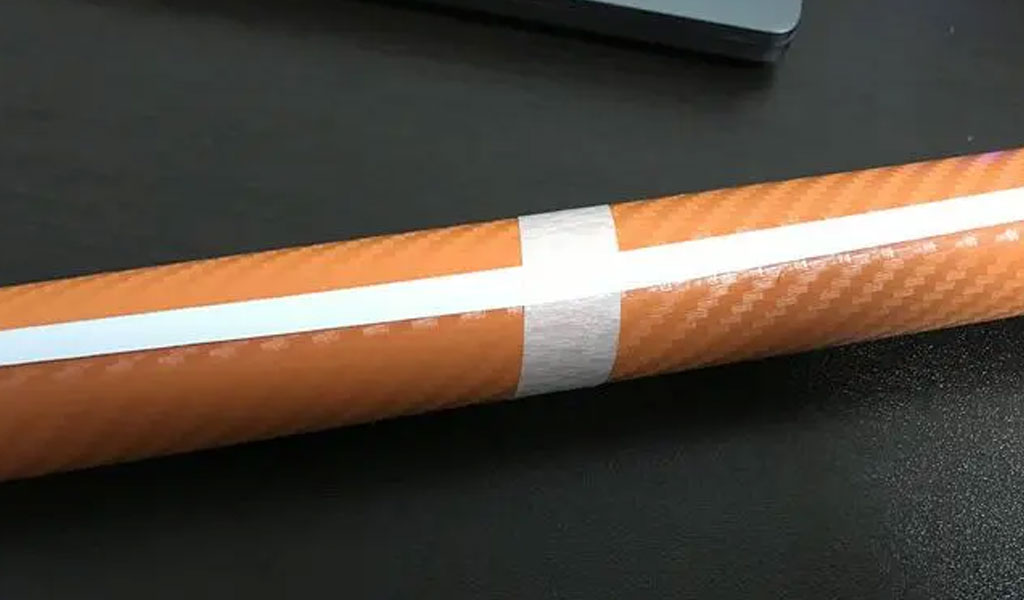
With the rapid development of the rail transit industry, rail transit vehicles are being updated faster and faster, and people’s comprehensive requirements for rail transit vehicles are gradually increasing. Intelligent, green, lightweight, serialization, standardization and platformization are clear requirements for the rail transit equipment industry in the national “13th Five-Year Plan” emerging industry development plan.
At the same time, rail transit operators have put forward higher requirements for rail transit vehicles: lower energy consumption levels, faster operating speeds, higher carrying capacity, stronger protection capabilities, longer life cycles, convenient Maintenance, etc.,
while passengers’ requirements for rail transit vehicles are mainly good environmental interface, comfortable riding experience and environmentally friendly precision cnc machining processes. In the future, rail transit equipment will develop in the direction of lightweight, green, safe and efficient.
Current Status Of Foreign Research
Most of the fiber-reinforced composite materials used in rail transit equipment abroad are carbon fiber or glass fiber reinforced composite materials, which have also experienced the development process from non-load-bearing structures to main load-bearing structures.
Typical application cases include: Japan’s Shinkansen N700 series high-speed train body roof, skin, pantograph frame edges and window frames are made of carbon fiber reinforced composite materials; the “efWING” bogie developed by Japan’s Kawasaki Heavy Industries is the world’s first main In the case of the load-bearing structure using carbon fiber reinforced resin matrix composite materials, the original rigid welded bogie structure was changed to a flexible structure, resulting in a weight reduction of up to 40%.
South Korea’s KTX-II trains used composite materials in a large number of interiors. Later, South Korea’s TTX swing train body was made of carbon fiber composite materials, reducing its weight by 40%. Europe and the United States have also made a lot of explorations in the evolution of fiber-reinforced composite materials for rail transit vehicles. For example, the British Intercity125 locomotive, the Italian ETR500 high-speed train, the French AGVgap EMU, and the monorail train in Florida, the United States, all use fiber to varying degrees. Reinforced composite materials are used as vehicle interiors, primary load-bearing structures, or secondary load-bearing structures. They have good weight reduction effects and meet various performance tests.
Lightweight: Reducing Self-Weight Is Directly Proportional To Reducing Energy Consumption.
The energy consumption of rail trains is mainly used to overcome running resistance, including train rolling resistance, gravity, acceleration resistance and air resistance, etc. For example, a C20FICAS stainless steel subway train has an energy consumption of about 10KWh per kilometer. Running 150,000km, it consumes about 540,000GJ of energy, of which 25% of the energy is used to overcome the weight of the car body and 20% of the energy is used to overcome the cargo loaded in the car. weight, the remaining 5% (270,000GJ) is used to overcome the load-bearing structural weight of the car body.
The density of carbon fiber materials is only 1.7g/cm3, which has a significant weight reduction effect compared with stainless steel and aluminum alloy materials. The TTX swing train developed by the Korean Railway Research Institute KRRI uses a stainless steel reinforced frame for the car body, an aluminum honeycomb sandwich for the side walls and roof, and a sandwich structure for the skin using carbon fiber reinforced composite materials. The total mass of the car body shell is It can be reduced by more than 30% compared to aluminum alloy structures. Experiments have proven that in subway trains, if the weight can be reduced by 30%, energy consumption per kilometer can be reduced by 8100GJ. Less energy consumption will in turn enhance the competitiveness of rail transit in the market.
High Performance: The Performance Of Materials Must Meet The Requirements Of The Rail Industry
During the manufacturing process of rail vehicles, technical requirements such as the service life, static strength, and stiffness of the vehicle body must be taken into consideration. The vehicle is designed to have a service life of at least 30 years. The vehicle body material must ensure that it will not cause fatigue failure during 30 years of working load, and must have a certain tensile load force and minimal deformation.
For example, while the subway train body bears various maximum vertical loads, a static pressure load of 1200KN and a tensile load of 800KN are applied along the longitudinal and horizontal directions of the coupler installation. The stress of the car body does not exceed the design allowable stress; the subway train body needs to meet Under the AWO load condition (curb weight), the upper deflection is less than 1/1000mm of the distance between the two bogies, and the door is guaranteed to work normally under all loads.
In addition, rail vehicle manufacturing materials must also meet sound insulation, heat insulation, fire safety, vibration and other requirements. Faced with these requirements, the application of carbon fiber composite materials has excellent performance. For example, the carbon fiber composite hood used by a domestic intercity EMU can withstand the high-speed impact of 1kg aluminum bullet at 660km/h and the static load of 350KN. It has flame retardant properties. Reached S4 level (DIN5510-2).
Application Of Carbon Fiber Materials In Rail Transit
There are many successful cases of using carbon fiber materials in rail transit abroad: the CFRP high-speed train roof jointly developed by the Japan Railway Research Institute and East Japan Passenger Railway Company has reduced the weight of each carriage by 300-500kg; the German Voith Company The launched carbon fiber reinforced composite transition coupler has a total mass of only 23kg, which is half the weight of the steel transition coupler. The French TGV double-layer body uses honeycomb sandwich composite material, which is more than 25% lighter than the aluminum body.
Domestically, CRRC Qingdao Sifang Co., Ltd. adopted a carbon fiber composite head cover on a 500km/h high-speed test vehicle at the end of 2011, and began to use carbon fiber equipment cabin skirts at the end of 2013. In general, carbon fiber can not only be used to manufacture high-strength streamlined front end covers, seat frames, bogie components and other parts or components that bear certain loads, but can also be used to replace traditional rail vehicles made of fiberglass, aluminum plates, Interior components such as wall panels, roof panels, partition walls, seat frames, and driver’s stations made of aluminum honeycomb and other materials.
At present, the application of carbon fiber composite materials in rail vehicles is mainly in the form of mixing with metal materials. Simple applications are mostly concentrated in non-load-bearing, small, and local components, and the overall material consumption ratio is still very small.
High-speed rail requires a lot of power. In order to meet the goals of energy saving and safety, the requirements for high-speed rail materials are light weight and high strength, and the density of carbon fiber composite materials is low. In the past, aluminum alloys were used to make car bodies because of the high specific strength of aluminum alloys, but the specific strength of carbon fiber composite materials is much higher than that of aluminum alloys, which can improve the overall safety performance.
When the train is running at high speed, it will encounter strong resistance. The carbon fiber composite material can use the advanced integrated molding process to make a front end that meets the requirements of aerodynamic line shape, and has excellent impact resistance. Even when the train runs at a speed of 300Km/h, it has good dimensional stability. Carbon fiber also has fatigue resistance, fire safety and other indicators that can meet the requirements of high-speed rail. It is believed that carbon fiber composite materials will definitely shine in the application of high-speed rail.
China rapid prototype Material Technology Co., Ltd. introduced Japan’s Toray T300 and T700 high-performance carbon fiber raw materials, which can meet the application and manufacture of high-end parts and components in the fields of rail transit, automobile, aviation and military industry. The company has successively reached strategic cooperative relations with domestic first-class enterprises such as China South Locomotive Group and Mitsubishi Heavy Industries to provide them with high-quality carbon fiber products.
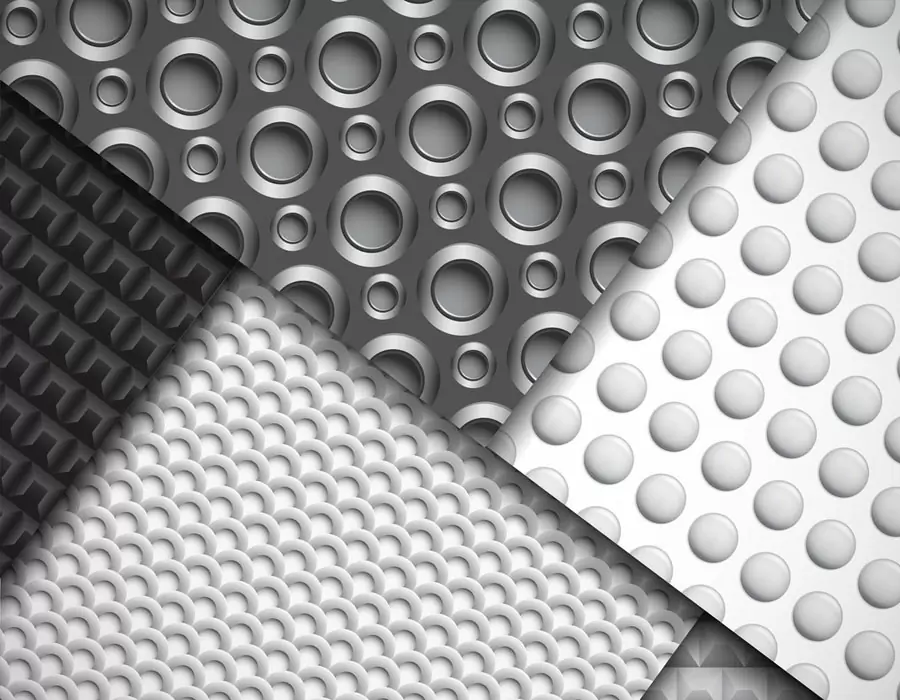
ISO 9001 certified. BE-CU Prototype Offering CNC machining carbon fiber and other manufacturing services for carbon fiber marterial. Various capabilities include notching, labeling, drilling carbon fiber, grinding, laser cutting carbon fiber, finishing, plating, marking, CNC milling carbon fiber and turning carbon fiber.We stock high quality 3k carbon fiber sheet in a variety of thickness, types and finish. Its a great material used in applications where light weight and strength are needed such as drones. Unlike other workshops, we have no min order and are often filling orders with a single part. We also don’t make you pay for the full sheet and you only get charged for what is used. With a large selection of material, you should find everything you need to make your project come to life. We are also able to handle larger production runs and provide a competitive pricing. If we don’t have the material or finish you require, we are more the willing to look at bringing it in for you.
What Is Carbon Fiber?Carbon fiber is made of polyacrylonitrile (PAN) (or pitch, viscose) and other organic fibers by carbonization (removal of most elements except carbon) by pyrolysis method under inert gas at high temperature above 1,000 °C. Inorganic polymer fibers with a carbon content of more than 90%.
-

3D Printing Continuous Fibres
-

3D Printing Short Fibre Filled Wires
-
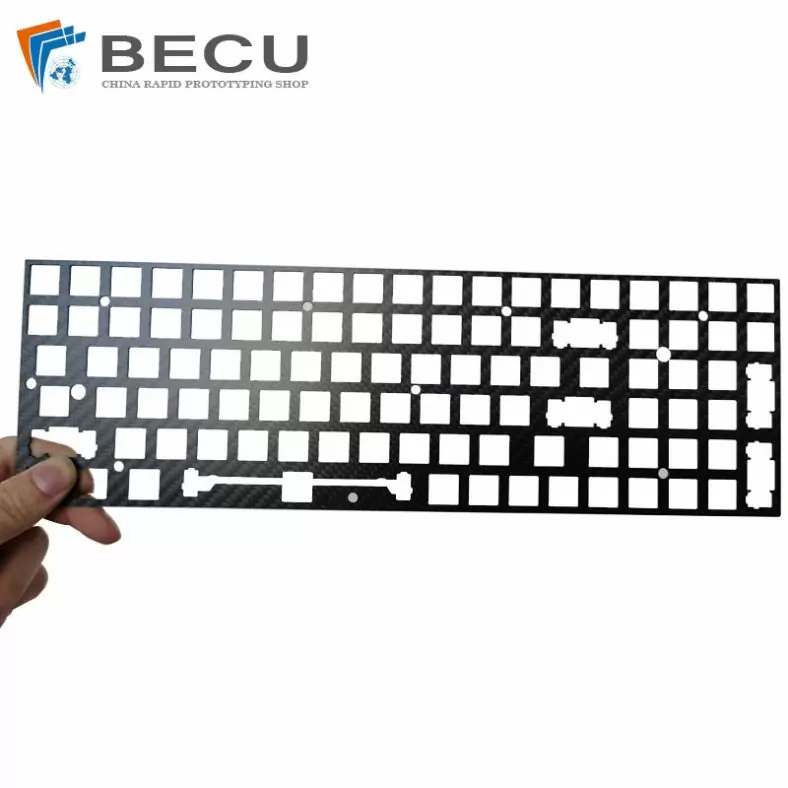
Laser Cutting Carbon Fiber Positioning Keyboard
-

Cnc Turning Industrial Copper-Aluminum Clad Carbon Fiber Machinery Parts
-
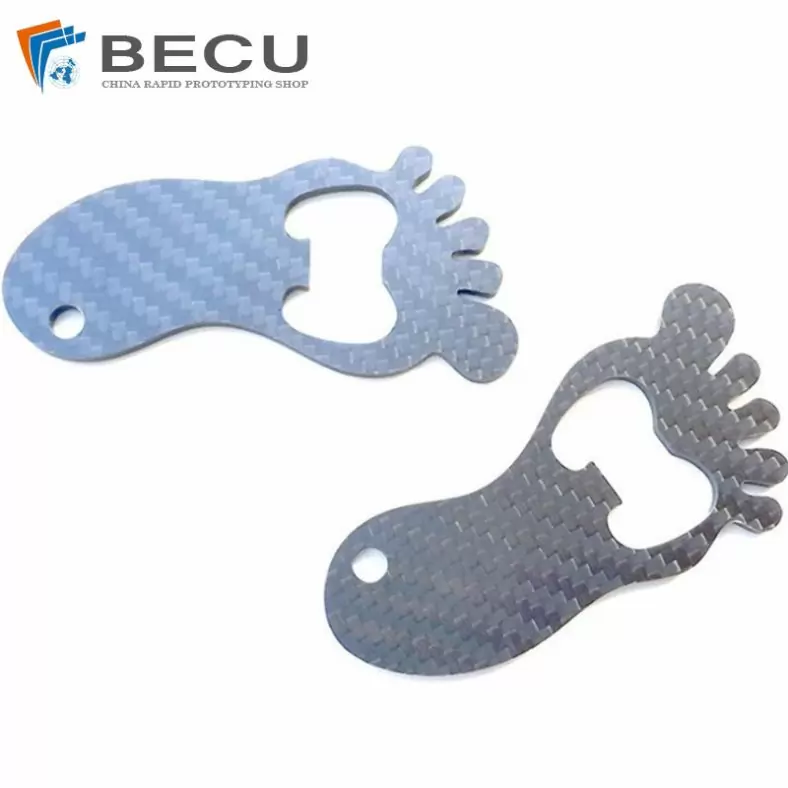
Carbon Fiber Luggage Tag Ornaments
-
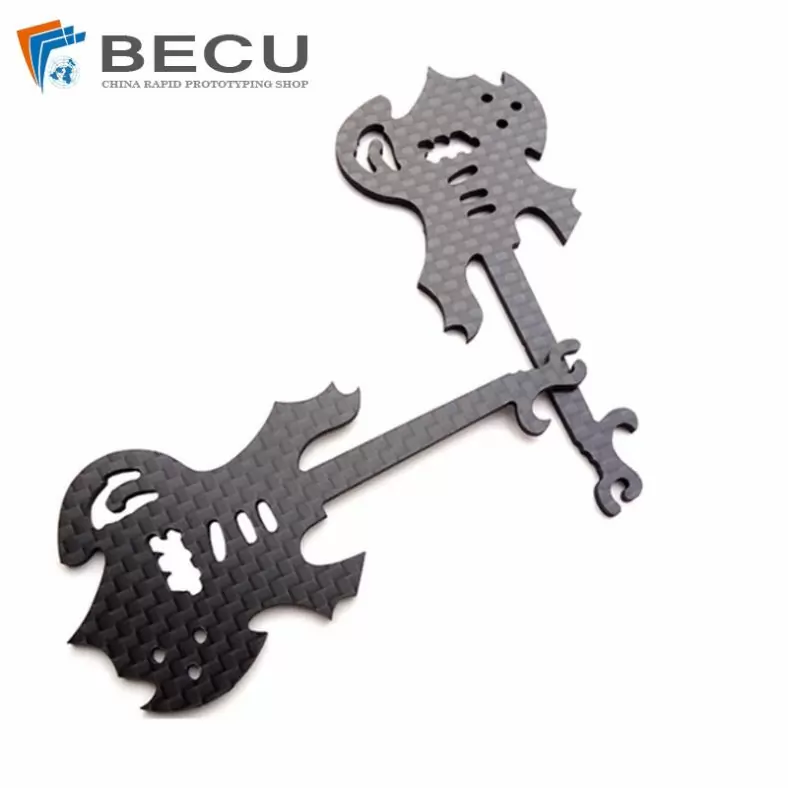
Laser Cutting Carbon Fiber Guitar Shape Crafts
-
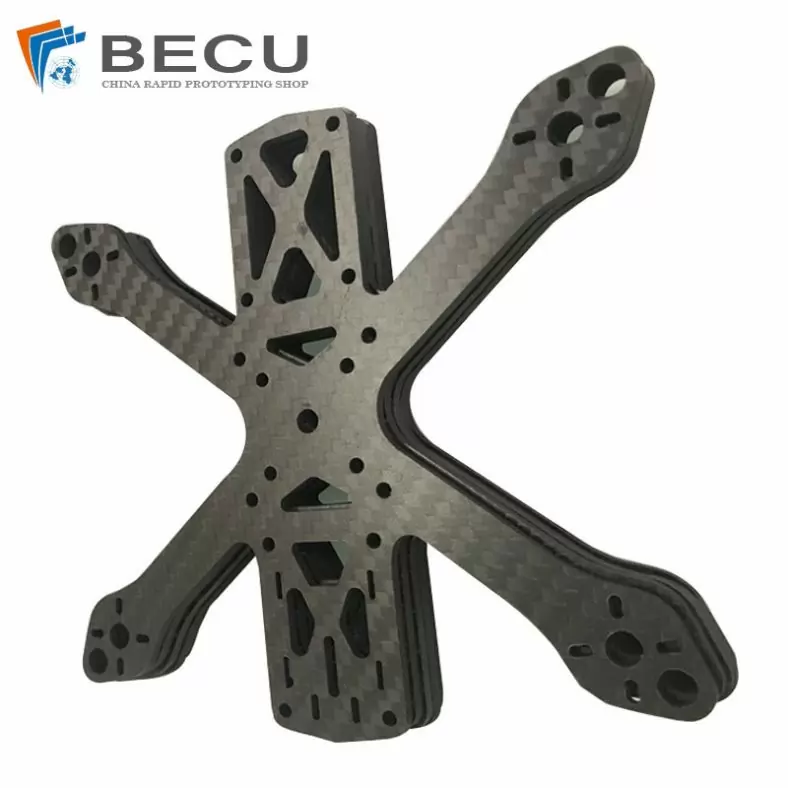
Laser Cutting Carbon Fiber Drone Rack
-
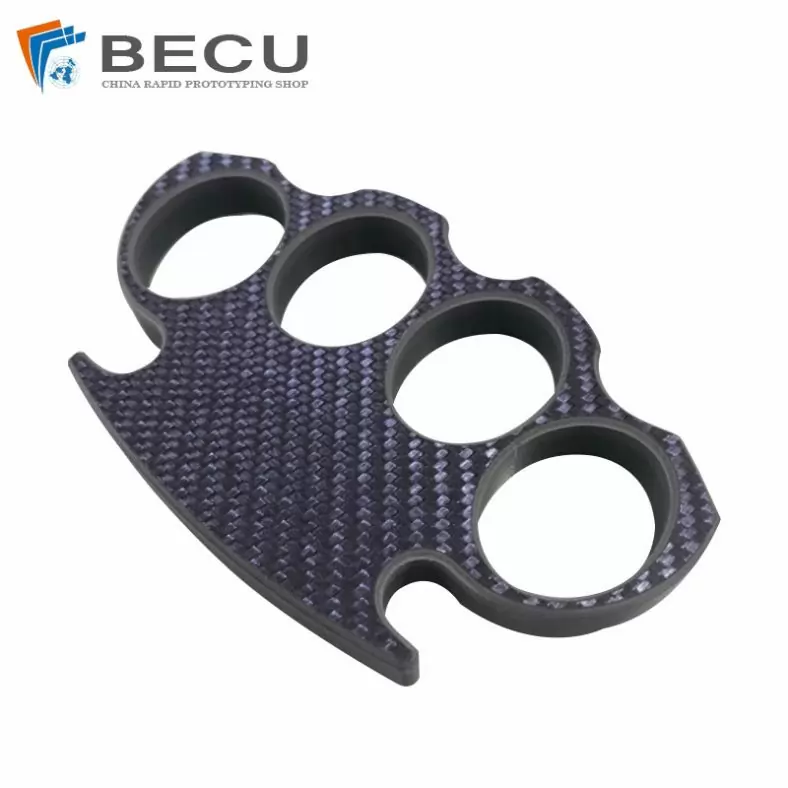
Cnc Milling Carbon Fiber Finger Buckle
